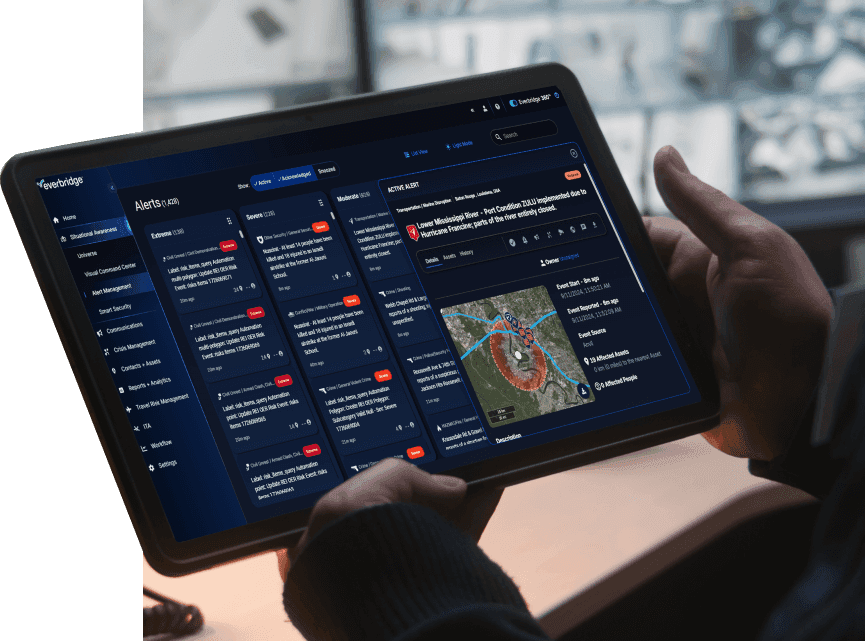Consider this: every year, around 735,000 Americans have a heart attack – that’s one heart attack every 43 seconds.1 Of these, nearly 250,000 cases are an often fatal variation, ST Segment Elevation Myocardial Infarction or STEMI.2
Unfortunately, STEMI numbers are on the rise. According to a study for the American College of Cardiology, “patients suffering the most severe types of heart attack have become younger, more obese and more likely to have preventable risk factors, such as smoking,” despite increased understanding of risk factors.3The harsh reality is, not only are these attacks growing in frequency, only 25 percent of the hospitals in the United States are equipped to receive and treat STEMI patients, a heavy cardiology caseload to bear.2
Even with the increased number of STEMI patients, hospitals strive to meet and exceed the American Heart Association and the American College of Cardiology’s national guidelines for the ‘first medical contact to balloon time” (also known as door-to-balloon time) of 90 minutes.2
Door-to-balloon time is the amount of time it takes for a patient to get from the emergency room door to the cardiac catheterization lab and includes opening the blocked artery with balloons and stents.2 A reduction in door-to-balloon reduces mortality rates. A recent study finds, “deaths from a severe type of heart attack rise about 10 percent for every hour of delay between the time the patient calls for an ambulance and the time the patient is treated in the hospital.”4
Reducing door-to-balloon time is not easy. Achieving the recommended 90 minutes requires:
- Plans in place and ready for immediate implementation
- Proper staff training for quick and well-executed patient care
- Collaboration between departments for consults and diagnostics
- A communication channel that can be triggered in seconds
When every minute counts, there is no room for communication mistakes or delays, leading more and more hospitals to implement a critical communication system, for STEMI code alerts.
Critical Communications for STEMI Code Alerts
A critical communication system improves efficiency and productivity throughout the entire STEMI code alert process starting with diagnosis and classification using tele-cardiology capabilities. With a simple video chat, referring hospitals can instantly get in touch with a cardiologist to determine whether or not the patient in question requires immediate attention and whether they need to be transferred. This tele-cardiology functionality is key in reducing door-to-balloon time as 25% of emergency departments report difficulty having cardiologists on call.5 In cases where a patient transfer is necessary, the critical communication system allows for advanced notification of the arrival by EMS. In one particular study, door-to-balloon time was 17% shorter when there was advanced notification from EMS vs. no advanced notification.6
Through the use of a critical communication system, hospitals are able to issue STEMI code alerts to quickly gather the right on-call medical staff (from emergency room personnel to cardiac catheterization laboratory technicians to cardiologists) needed to begin life-saving treatment. The American Heart Association and the American College of Cardiology recommends having staff arrive in the catheterization lab within 20 minutes of being notified. Based on a survey, this 20 minute window reduces door-to-balloon time by a little more than 19 minutes.7 Automatic STEMI code alerts activate care teams fast, improving clinician coordination and productivity. Care teams can also reduce STEMI code alert errors through the use of incident-specific, pre-defined notification procedures.
For more helpful tips on how to reduce door-to-balloon time, check out this article.
Check out Everbridge in action at Renown Health, the network uses its critical communication solution to keep doctors, nurses and other staff within the healthcare network connected during a STEMI code alert scenario. To learn more about Everbridge for STEMI Code Alerts, please visit our website.
- http://www.cdc.gov/heartdisease/heart_attack.htm
- http://www.mclaren.org/northernmichigan/cardiac-stemi.aspx
- https://www.acc.org/about-acc/press-releases/2016/03/25/10/00/heart-attack-patients-getting-younger-more-obese?w_nav=S
- http://health.usnews.com/health-news/family-health/heart/articles/2010/08/17/deaths-from-heart-attack-rise-with-delays-in-care
- http://www.tandfonline.com/doi/abs/10.1080/10903120802290828
- http://www.modernmedicine.com/modern-medicine/content/door-balloon-time-race

